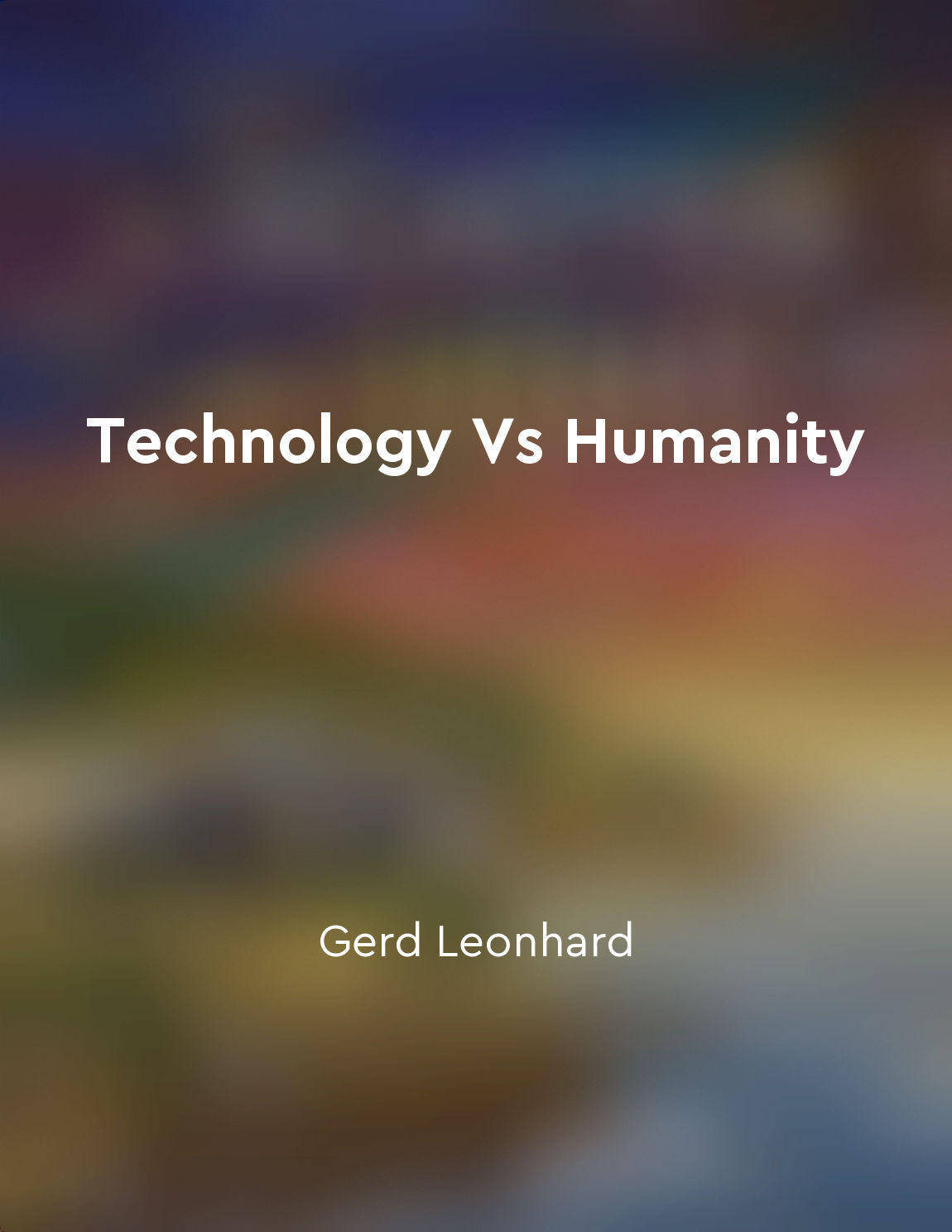Exploring the bounds of computational creativity from "summary" of The Creativity Code by Marcus Du Sautoy
The boundaries of computational creativity are constantly being pushed and tested by researchers and programmers in the field of artificial intelligence. This involves developing algorithms and systems that can generate creative outputs such as music, art, or literature. These systems are designed to mimic human creativity by using machine learning and deep learning techniques to produce original and innovative work. By exploring the limits of what machines are capable of creating, we gain a deeper understanding of both human creativity and artificial intelligence. One way researchers are exploring the bounds of computational creativity is through the use of generative adversarial networks (GANs). GANs are a type of AI system that consists of two neural networks – a generator and a discriminator – that work together to produce new and unique outputs. The generator creates new data, such as images or music, while the discriminator evaluates the quality of the generated output. Through this process of iteration and feedback, GANs are able to produce increasingly creative and realistic results. Another approach to computational creativity is through the use of evolutionary algorithms. These algorithms are inspired by the process of natural selection and evolution, where the fittest individuals are selected for reproduction and passed on to the next generation. In the context of AI, evolutionary algorithms are used to generate creative solutions to problems by iteratively improving upon previous designs. By simulating the process of evolution, researchers are able to harness the power of genetic algorithms to create novel and innovative outputs. In addition to GANs and evolutionary algorithms, researchers are also exploring the bounds of computational creativity through the use of neural networks. These networks are designed to mimic the structure and function of the human brain, allowing them to learn from data and generate creative outputs. By training neural networks on large datasets of creative works, researchers are able to teach these systems to produce original and imaginative content.- The concept of exploring the bounds of computational creativity is a fascinating and complex area of research that has the potential to revolutionize the way we think about both artificial intelligence and human creativity. By developing algorithms and systems that can generate creative outputs, researchers are pushing the boundaries of what machines are capable of achieving in terms of originality and innovation. Through continued exploration and experimentation, we can gain a deeper understanding of the nature of creativity and how it can be harnessed to drive advancements in technology and society.
Similar Posts
Utilize constraints as creative prompts to spark innovation
Constraints are often seen as limitations that hinder creativity, but they can actually be used as prompts to spark innovation....
Cultivate a creative routine to fuel your work
Developing a creative routine is like tending to a garden—you need to nurture it regularly to see growth. Just as a garden requ...
Setting goals provides direction for problemsolving efforts
Goals play a crucial role in guiding problem-solving efforts. When individuals set clear and specific goals, they provide thems...
Emotional intelligence
Emotional intelligence, as I've come to understand it, isn't just about being able to recognize and understand your own emotion...
AI has the potential to address pressing social issues
AI possesses a transformative power that transcends mere technological advancement. It has the capability to tackle complex soc...

Human connection must not be lost
In a world that is becoming increasingly digital and automated, it is essential to remember the importance of human connection....
Embracing the evolution of creativity with technology
The relationship between creativity and technology is a complex and fascinating one. As technology advances, it opens up new po...
Create for yourself first, not for others
The most important thing you can do when it comes to creating is to do it for yourself. Your creative work should be a gift to ...
The future of AI is full of possibilities
The unfolding future of artificial intelligence is teeming with boundless possibilities. It is a realm of innovation and discov...
The intersection of creativity and technology
Creativity and technology have long been seen as separate entities, with creativity belonging to the realm of art and technolog...

